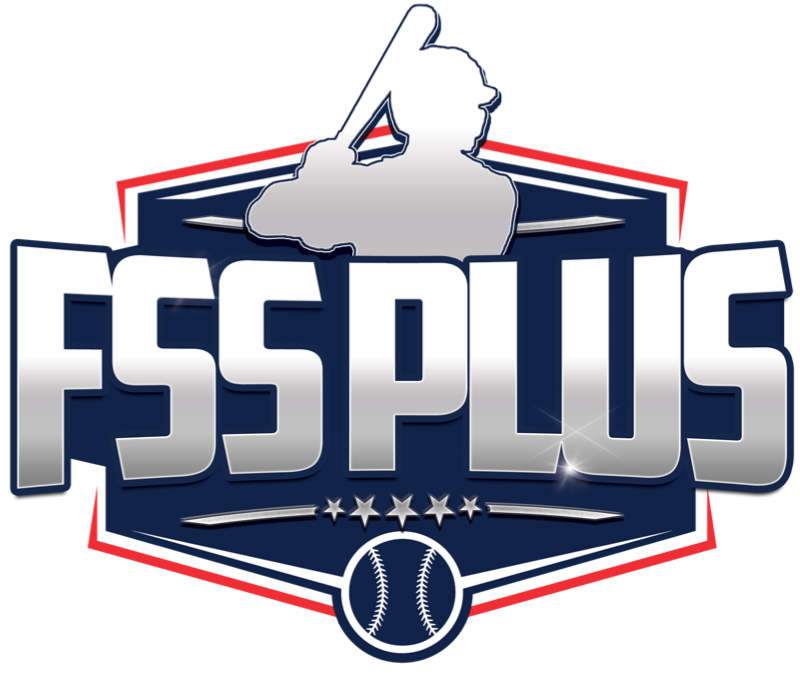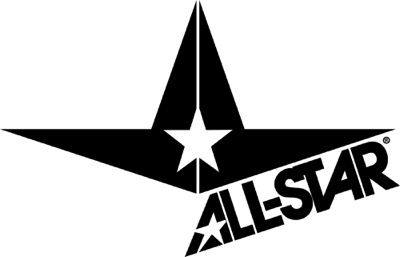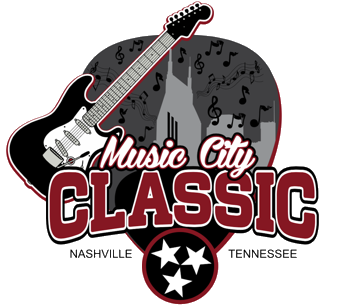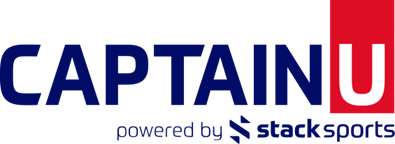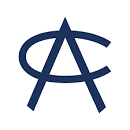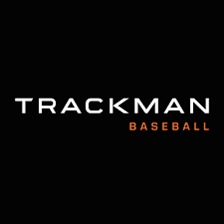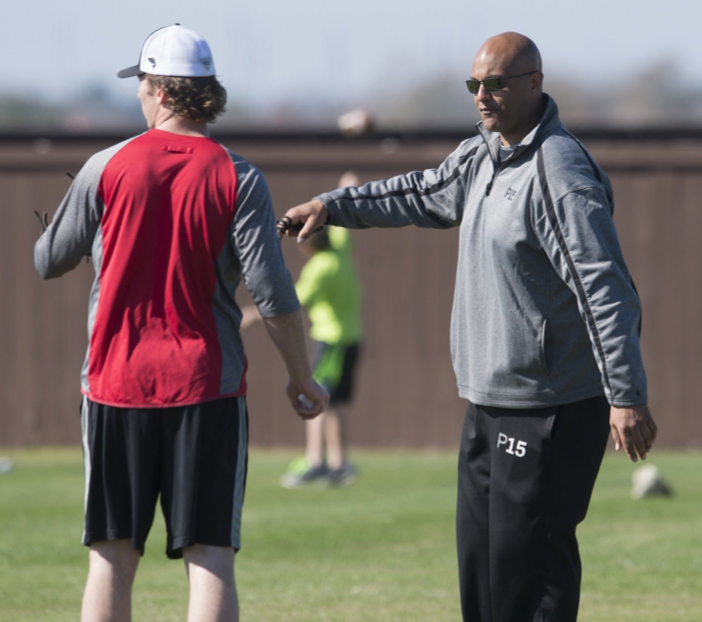 The evolution of Program 15 and New Balance Future Stars Series from the knowledge that Jeremy Booth had gained during his unique career in baseball to the player development powerhouse it is today wasn’t an overnight process.
The evolution of Program 15 and New Balance Future Stars Series from the knowledge that Jeremy Booth had gained during his unique career in baseball to the player development powerhouse it is today wasn’t an overnight process.
Far from it, really.
As Booth neared the end of a playing career that not only took him all over the country, but Canada and Mexico as well, he started thinking of ways to help improve the instruction given to those who would make up the game’s next generation. Booth transitioned into a variety of off-field roles, and it was there where that idea really started to take off.
“Over my time scouting, I had an inside view into watching what was working well and what wasn’t working well, what was accepted, and watching people pay a ton of money for a bunch of different things,” he said.
“It didn’t seem like they were getting what they should be out of it. Players just weren’t reaching their ceilings. Businesses were winning meaningless trophies, but what about the players? They’re the next wave and the game was feeling it. Collectively, it was a player development failure, and I thought we could do some things better. People complain about it all the time, and want to see change. Having this type of background and knowledge of being a hitting coach or a scout or a cross-checker or a player that had to fight for my own stuff everywhere I went, you learn what works and what doesn’t.”
The different phases of what became Program 15 came together organically. For example, one of the first players Booth worked with was Jon Moscot, who is currently in the big leagues with the Cincinnati Reds. At the time, Moscot’s father, Elliot, happened to be Booth’s optometrist.
“His dad was paying for a lot of instruction, but that instruction just wasn’t very good,” Booth remembers. “There were other ways to help the kid. It wasn’t about money, it was about helping the player who clearly wanted to play baseball.”
Eventually, after quickly rising through the ranks to become a cross-checker for the Seattle Mariners, Booth fully left scouting and started officially working with pro players, and the notes and format he’d been working on for years were formalized into one document.
That document became Program 15.
But Booth couldn’t do it alone. He put together an impressive staff that’s collectively earned 11 World Series rings, and it was that level of expertise that’s not only attracted players from all across the country, but highly respected baseball minds.
“(Other companies) loved the idea, but in the end New Balance stepped ahead of them and wanted to partner up with us on it and make it a reality,” Booth said.
“New Balance is focused on helping players and growing the game. Yes, there’s a business component in everything, but the focus isn’t on the dollar. They’re focused more on trying to find a better product in a better way. If you look at things they’re aligned with, they’re not associated with big business, it’s family and community and enhancement.”
Together, Program 15 and New Balance have been focused on changing the game. Through a series of combines and tournaments, Booth is trying to steer the game away from “showcases” and the pitfalls that can come from focusing on them.
“It has to do with feedback, it has to do with athletic testing and assessment, it has to do with skills and player growth,” Booth explained.
“There’s different ways to build a player besides just the normal showcase environment, which really isn’t helping a player or helping our game. It’s creating ‘showcase players,’ but these combines are a way to get true evaluation and development back as well as exposure for players. That idea started as a roving development camp, which we’re executing and have been executing, and the next phase of that was building smaller tournaments with good players and putting that together so there was a feeder system into a higher event.”
With a series of national events again planned for 2017, only time will tell which players will serve as the next success stories in a program that’s already generated a long lost of them.
“We’ve had players who’ve been going to high, high level camps and not seen anything, but one tweak there and it’s a different focus or goal setting to give them a path, they’re going to a Division 1 school on scholarship,” Booth said.
“There’s so many ways this thing helps. But the most fun thing is taking the forgotten kid – whether he’s got a bunch of tools or not a lot of tools – and giving him that path and aligning him with other people who have that same vision of what the game should look like. That’s the fun part. And that’s going to happen again and again.”
Regardless of where that path may take the player, the focus will always remain on achieving improvement in the right way.
“With us, you’re going to leave better than you came every time. That’s a guarantee,” Booth said.
“When you walk in our building or whatever facility we’ll be in across the country, you’re going to be changed when you leave. Whether it’s skills, player development, outlook, approach, exposure…there’s a better pathway and a better environment that we can give rather than just, ‘Hey, let’s hit the ball in the air, run like hell and let’s throw the ball hard.’ There’s so much more to helping a player and building a player besides that, and you only learn that once you get beyond what the lesson says and get into what you need to do to be successful.”
- Looking back at the Charlotte Regional Combine - June 29, 2025
- FSSBL Canada: Midwestern Ontario Bearcats - June 29, 2025
- FSSBL Canada: Kage Kobras - June 20, 2025
